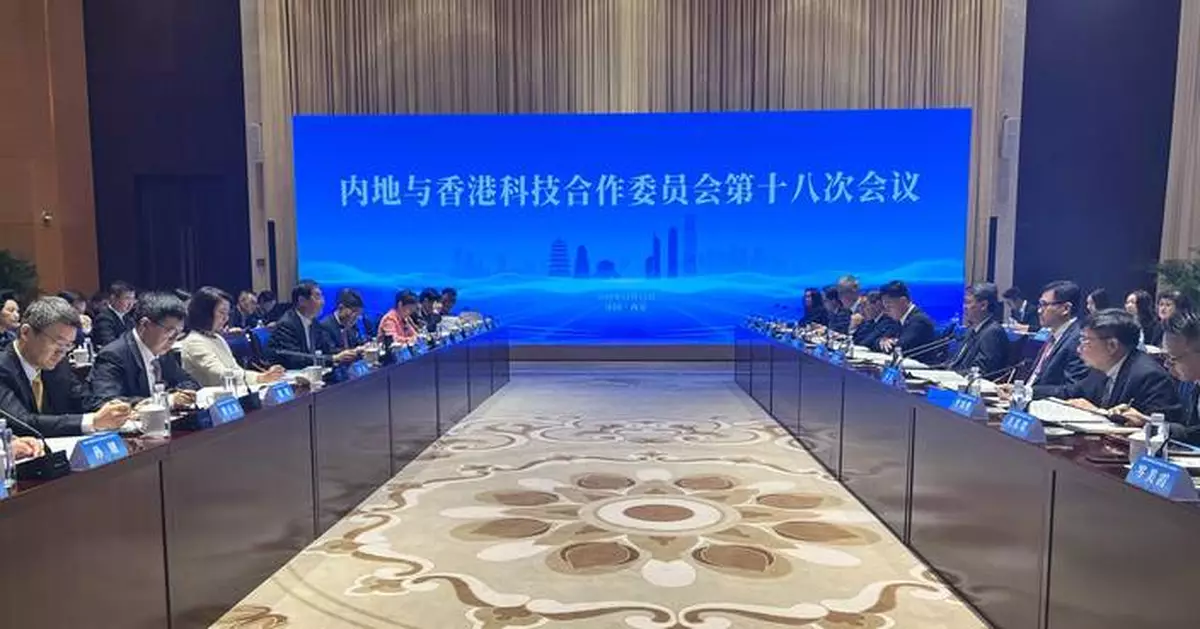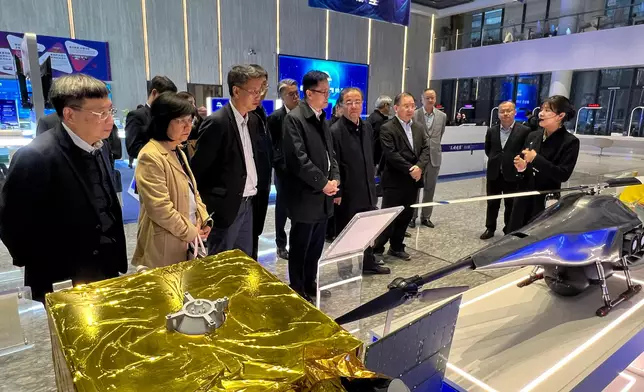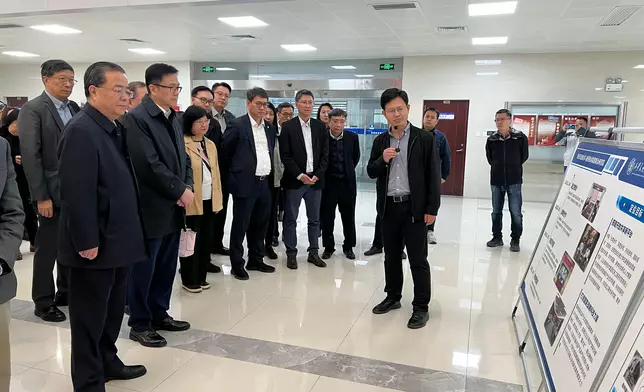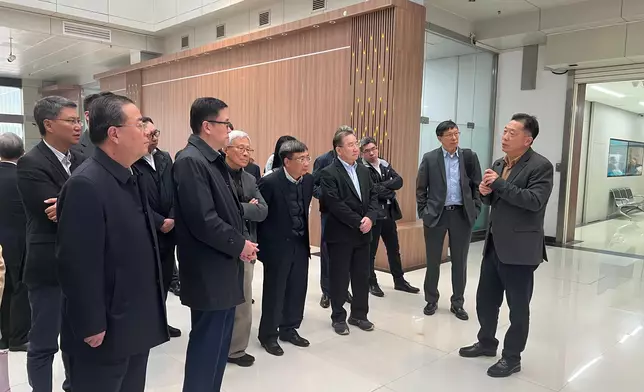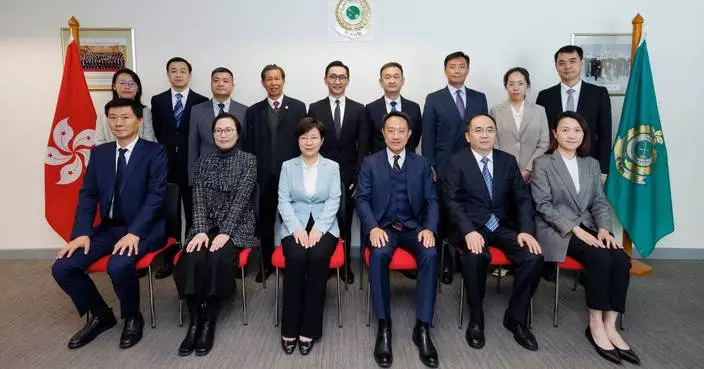SITI and Vice Minister of Science and Technology co-chair 18th meeting of Mainland/Hong Kong Science and Technology Co-operation Committee
The Secretary for Innovation, Technology and Industry, Professor Sun Dong, and Vice Minister of Science and Technology Ms Lin Xin co-chaired the 18th meeting of the Mainland/Hong Kong Science and Technology Co-operation Committee held in Xi'an today (November 12).
Professor Sun said at the meeting that the National 14th Five-Year Plan indicates clear support for Hong Kong to develop into an international innovation and technology (I&T) centre, providing Hong Kong with a clear position and mission. With the country's staunch support, the Hong Kong Special Administrative Region (HKSAR) Government was taking forward various important measures in accordance with the directions and strategies set out in the Hong Kong I&T Development Blueprint to promote the synergistic development among the upstream, midstream and downstream sectors of Hong Kong's I&T ecosystem, with a view to supporting Hong Kong's high-quality development, and serving the country's needs with Hong Kong's own strengths.
Professor Sun also expressed his gratitude to the Central Government and the Ministry of Science and Technology (MOST) for their staunch support for Hong Kong's I&T development over the years. He said that in the past year, many important measures have been implemented in the two places, including the continuous expansion of the National Key Research and Development Programme and the National Science and Technology Major Project open to Hong Kong, and the opening up of the National Science Fund for Distinguished Young Scholars of China under the National Natural Science Foundation of China to Hong Kong's young scholars, allowing Hong Kong researchers to participate rigorously in the national science and technology programmes. The assessment exercise of State Key Laboratories in Hong Kong has also been preliminarily completed. In addition, the HKSAR Government and the Ministry of Industry and Information Technology signed the Co-operation Agreement on the Development of New Quality Productive Forces and the Promotion of New Industrialisation in September this year, to support Hong Kong's development of new quality productive forces tailored to local conditions.
Looking ahead, Professor Sun said that the HKSAR Government will continue to adopt a multipronged approach to deepen the co-operation and exchanges in I&T with the Mainland. The HKSAR Government will publish the Development Outline for the Hong Kong Park of the Hetao Shenzhen‑Hong Kong Science and Technology Innovation Co‑operation Zone, setting out innovative policies to facilitate the flow of key elements of scientific research between the two parks of Hong Kong and Shenzhen. Capitalising on the strengths of "one country, two systems" with the geographic advantages of "one river, two banks", the HKSAR Government will develop the Hong Kong Park in the Loop into a world-class, industry-academia-research platform, an internationally competitive research and development (R&D) transformation and pilot production base for industries, a hub for pooling global I&T resources, as well as a testing ground for institutional and policy innovation, with a view to becoming the bridgehead for intensive I&T co-operation between the Mainland and Hong Kong, facilitating the high-quality development of the Guangdong-Hong Kong-Macao Greater Bay Area.
"The HKSAR Government will continue to go full steam ahead in establishing Hong Kong as an international I&T centre, and accelerate the formation and development of new quality productive forces with Hong Kong's competitive edge. We will also make good use of Hong Kong's distinctive advantages of enjoying strong support of the Motherland and being closely connected to the world, play well our important role as a 'super connector' and 'super value-adder', with a view to becoming a platform for high-level I&T exchange, dialogue and co-operation, as well as an important bridge and two-way platform connecting the country and the world, thereby better serving the country's high-quality development," he added.
Mainland members attended the meeting included representatives from the MOST, the Shaanxi Provincial People's Government, the Hong Kong and Macao Affairs Office of the State Council, the Liaison Office of the Central People's Government in the HKSAR, the Beijing-Hong Kong Exchange of Personnel Centre, the Ministry of Industry and Information Technology, the National Health Commission, the Chinese Academy of Sciences, the Chinese Academy of Engineering, the National Natural Science Foundation of China, the China Association for Science and Technology, the Department of Science and Technology of Guangdong Province, the Department of Science and Technology of Shaanxi Province, the Guangzhou Municipal Science and Technology Bureau, the Science, Technology and Innovation Bureau of Shenzhen Municipality, the Xi'an Municipal Bureau of Science and Technology, and the Development Authority of Shenzhen Park of Hetao Shenzhen-Hong Kong Science and Technology Innovation Cooperation Zone.
The Hong Kong delegation comprised representatives from the Innovation, Technology and Industry Bureau, the Innovation and Technology Commission, the Digital Policy Office, the Hong Kong Economic and Trade Office in Chengdu, the City University of Hong Kong, the Hong Kong Baptist University, the Chinese University of Hong Kong, the Hong Kong Polytechnic University, the Hong Kong University of Science and Technology, the University of Hong Kong, the Hong Kong Science and Technology Parks Corporation, the Hong Kong Cyberport Management Company Limited, the Hong Kong Productivity Council, the Hong Kong Academy of Sciences, the Hong Kong Academy of Engineering Sciences, the Hong Kong Applied Science and Technology Research Institute, the Hong Kong Research Institute of Textiles and Apparel, the Logistics and Supply Chain MultiTech R&D Centre, the Nano and Advanced Materials Institute, the Hong Kong Microelectronics Research and Development Institute and the Greater Bay Area Association of Academicians.
In addition, Professor Sun called on the Mayor of the Xi'an Municipal Government, Mr Ye Niuping, to exchange views on deepening I&T co-operation between the two places. He pointed out that Shaanxi and Hong Kong will continue to proactively explore specific measures for deepening I&T cooperation, and jointly promote the advancement of Chinese modernisation.
Professor Sun also visited a number of important science and research platforms in Shaanxi, including the State Key Laboratory for Manufacturing System Engineering and the Collaborative Innovation Center of High-end Manufacturing Equipment of the Xi'an Jiaotong University, the State Key Laboratory of Continental Dynamics at the Northwest University, and the Qinchuangyuan Innovation Platform, to understand their latest developments and to explore the room for enhancing co-operation between R&D institutes of the two places.
The State Key Laboratory for Manufacturing System Engineering focuses on research work in additive manufacturing, micro-nano manufacturing and bio-manufacturing; the Collaborative Innovation Center of High-end Manufacturing Equipment supports the R&Ds and transfer of core and innovative technologies in the high-end manufacturing equipment industry, attracts talents, and serves as a window for international exchanges and co-operation. The State Key Laboratory of Continental Dynamics carries out original research with a focus on such topics as dynamics, resource-energy effects of tectonic processes, and tectonic-environmental-life co-evolution. The Qinchuangyuan is the general platform for innovation-driven development, co-ordinating the promotion of technological and industrial innovation, and fostering the development of new quality productive forces tailored to local conditions.
Professor Sun will conclude his visit and return to Hong Kong tomorrow (November 13) afternoon.

SITI and Vice Minister of Science and Technology co-chair 18th meeting of Mainland/Hong Kong Science and Technology Co-operation Committee Source: HKSAR Government Press Releases
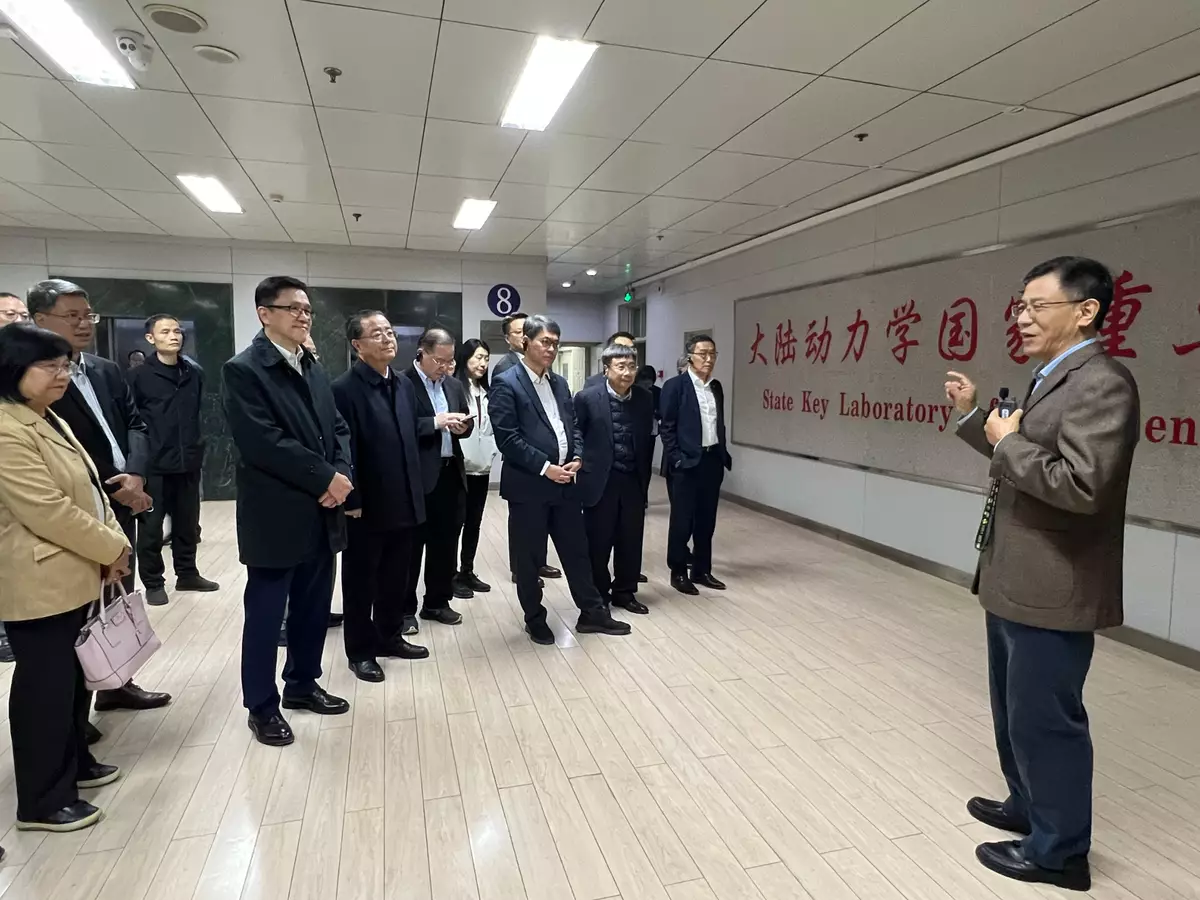
SITI and Vice Minister of Science and Technology co-chair 18th meeting of Mainland/Hong Kong Science and Technology Co-operation Committee Source: HKSAR Government Press Releases

SITI and Vice Minister of Science and Technology co-chair 18th meeting of Mainland/Hong Kong Science and Technology Co-operation Committee Source: HKSAR Government Press Releases

SITI and Vice Minister of Science and Technology co-chair 18th meeting of Mainland/Hong Kong Science and Technology Co-operation Committee Source: HKSAR Government Press Releases
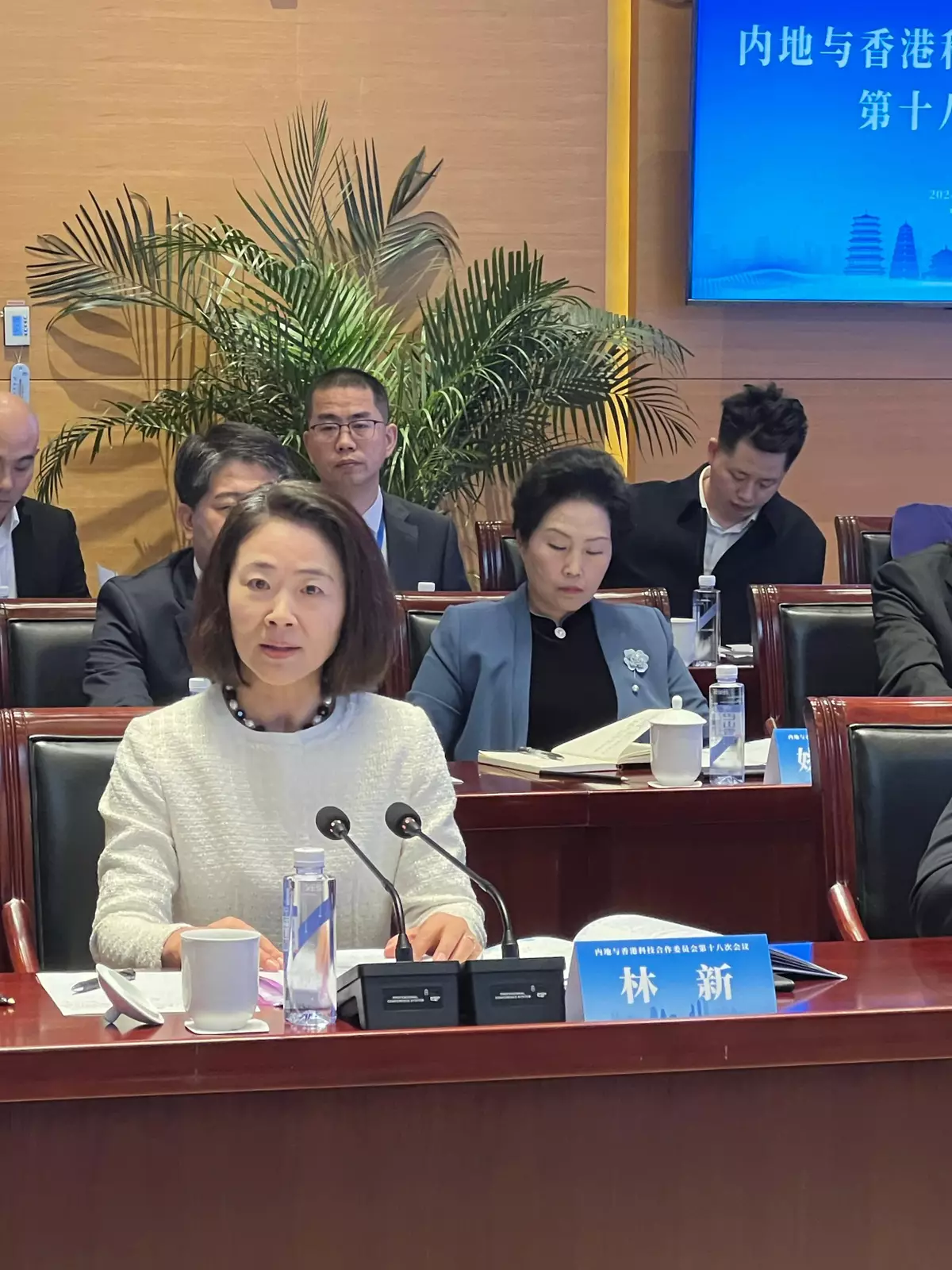
SITI and Vice Minister of Science and Technology co-chair 18th meeting of Mainland/Hong Kong Science and Technology Co-operation Committee Source: HKSAR Government Press Releases
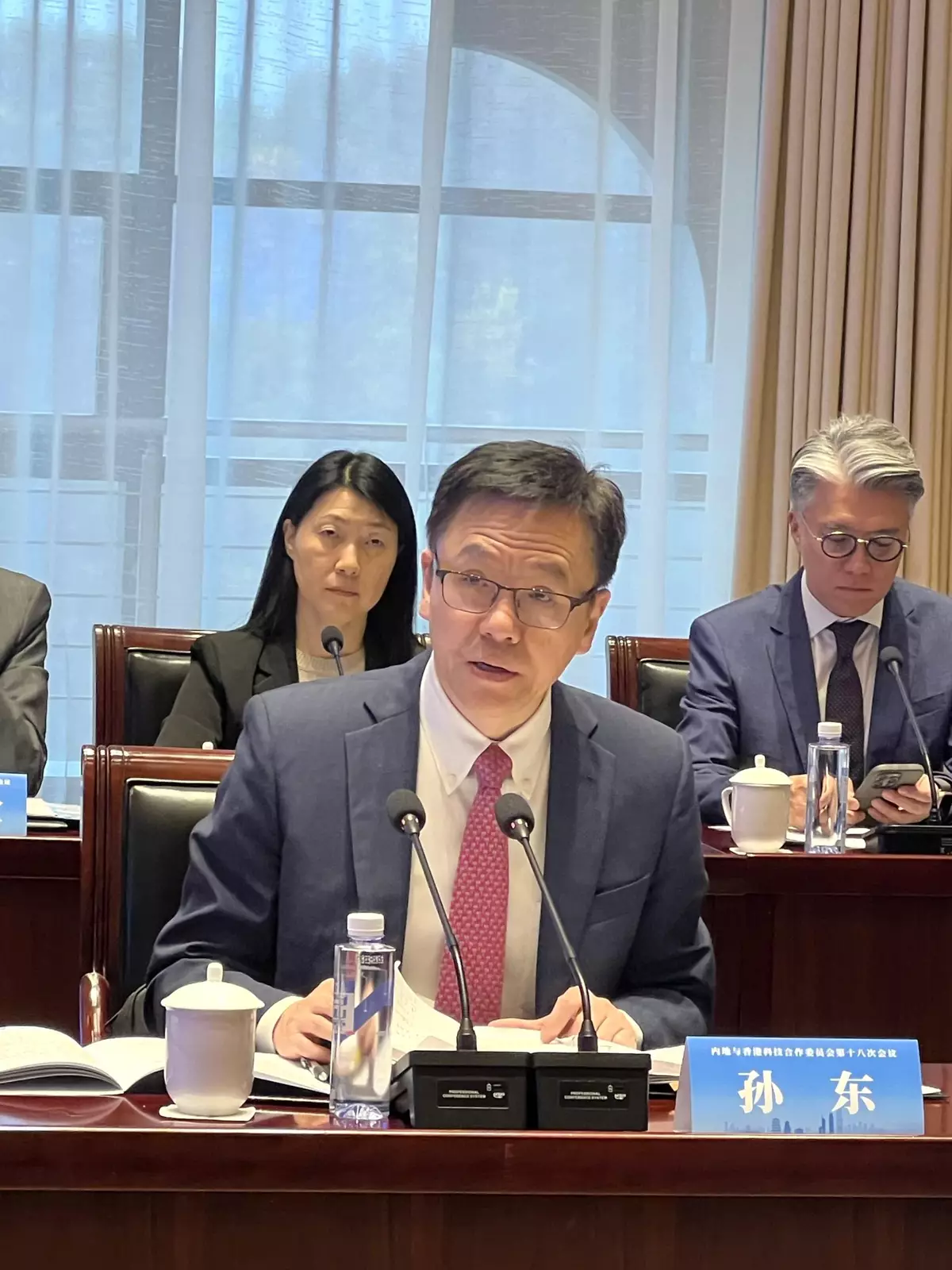
SITI and Vice Minister of Science and Technology co-chair 18th meeting of Mainland/Hong Kong Science and Technology Co-operation Committee Source: HKSAR Government Press Releases
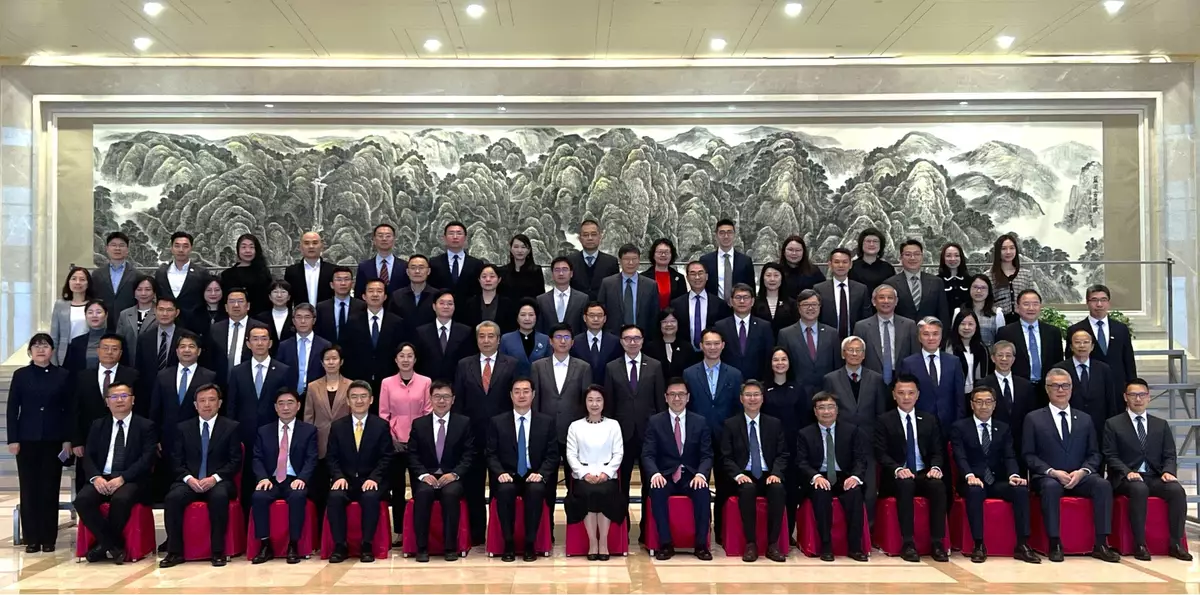
SITI and Vice Minister of Science and Technology co-chair 18th meeting of Mainland/Hong Kong Science and Technology Co-operation Committee Source: HKSAR Government Press Releases
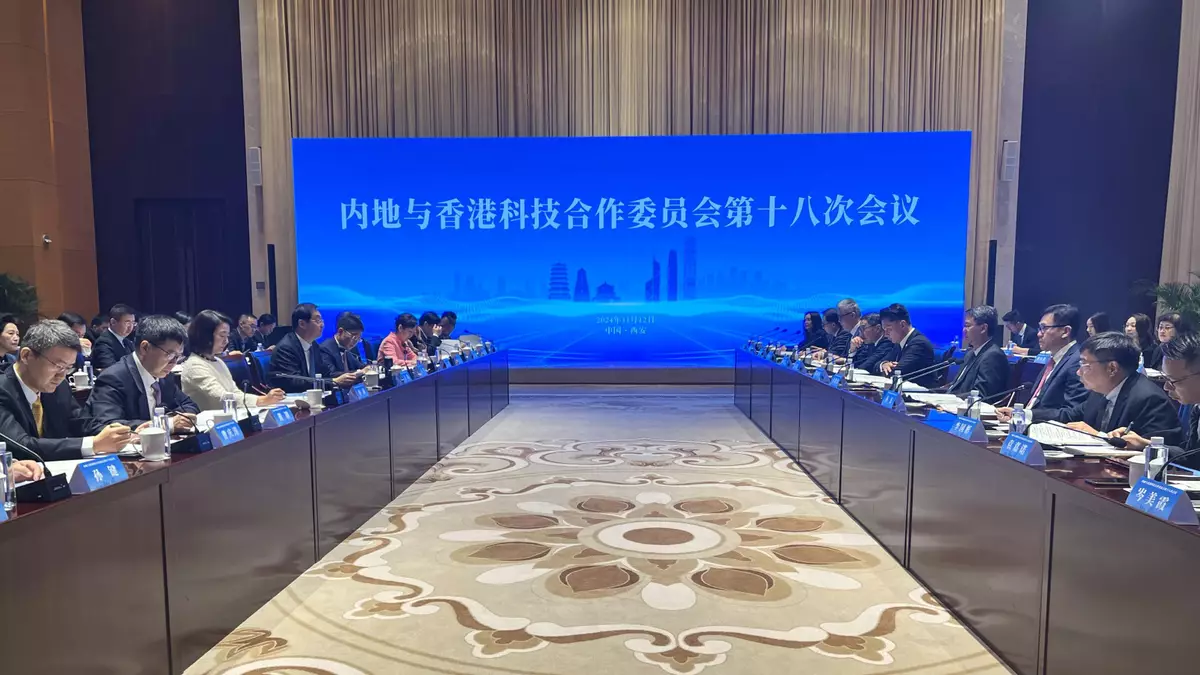
SITI and Vice Minister of Science and Technology co-chair 18th meeting of Mainland/Hong Kong Science and Technology Co-operation Committee Source: HKSAR Government Press Releases


